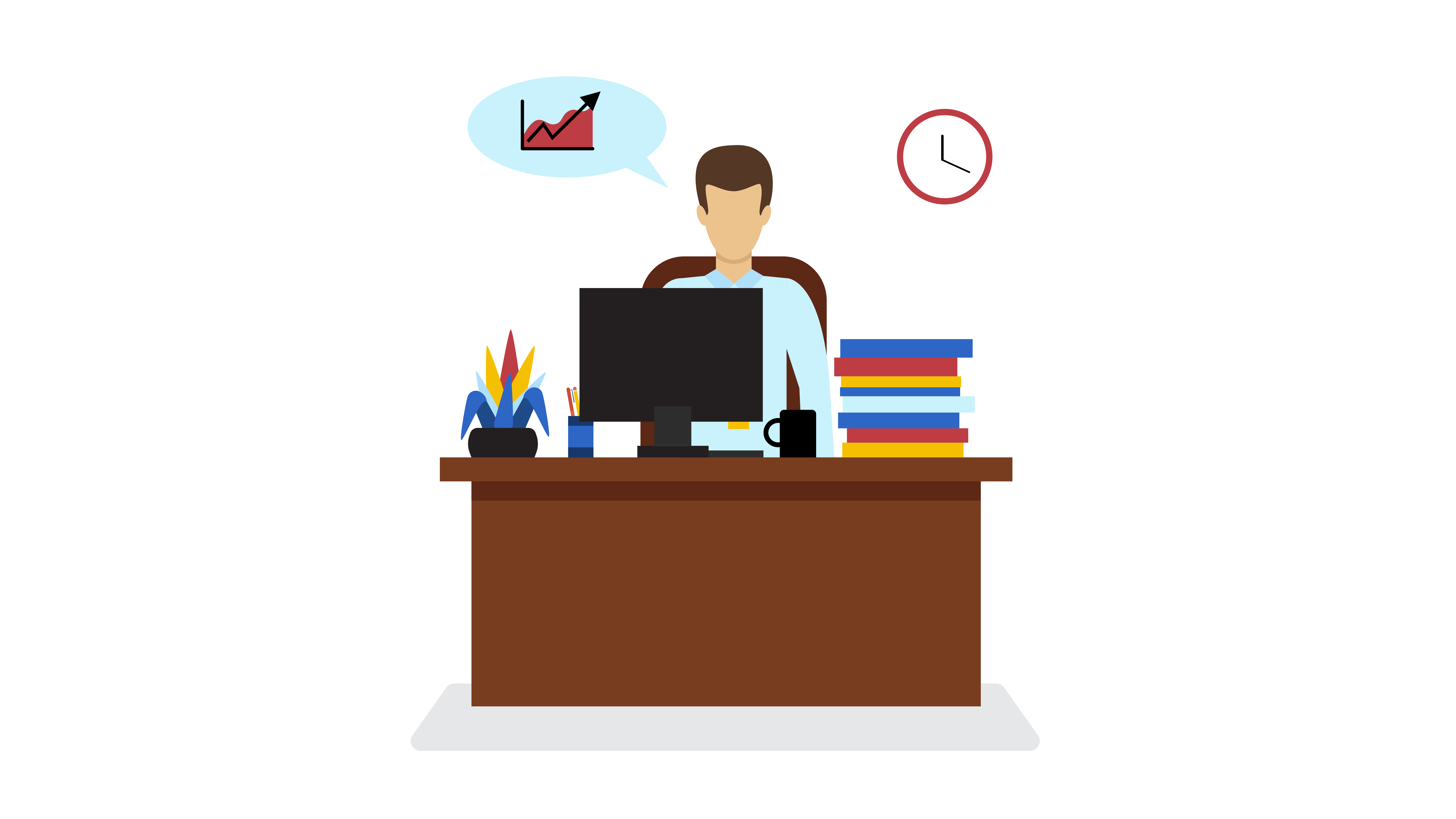All Categories
Featured
Modern businesses require a central place for Customer Data Platforms (CDPs). This is an essential tool. These software applications provide more precise and comprehensive view of the customer, which can be used to provide targeted marketing and personalized customer experience. CDPs have a range of functions such as data governance, data quality , and formatting of data. This lets customers be more compliant in how they are stored, used and accessible. CDPs are a great way for companies to collect and store customer data in a CDP lets companies engage with customers and puts them at the forefront of their marketing strategies. It is also possible to pull data from various APIs. This article will explore the advantages of CDPs for companies.
cdp analytics
Understanding the functions of CDPs. The customer data platform (CDP) is a software that lets companies gather, store and manage customer information from one central data center. This gives you a better and more complete picture of your customer . It also helps you target your the marketing of your customers and create personalized customer experiences.
-
Data Governance The most significant aspects of the CDP is its capacity to categorize, safeguard, and regulate information being added to. This includes division, profiling, and cleansing operations on the incoming data. This ensures that the enterprise remains compliant with data regulations and policies.
-
Data Quality: A key element of CDPs is ensuring that the data that is collected is of high-quality. This means ensuring that the data is accurately entered and that it meets the desired specifications for quality. This helps to minimize additional costs for cleaning, transforming and storage.
-
Data formatting The CDP can also be used to make sure that data adheres to a specific format. This helps ensure that data types such as dates are consistent across the collected customer data and that data is entered in an orderly and consistent way. marketing cdp
-
Data Segmentation: A CDP can also facilitate the segmentation of customer information to help better understand different customer groups. This lets you compare different groups to one another , and to get the appropriate sample distribution.
-
Compliance: A CDP lets organizations handle the information of customers in a legal way. It allows you to establish safe policies and classify information based on the policies. It is also possible to spot compliance violations while making decisions about marketing.
-
Platform Selection: There are different types of CDPs, so it is important to comprehend your requirements in order to choose the best platform. Be aware of features like privacy and the ability to extract data from other APIs. cdp data platform
-
The Customer at the center The Customer is the Center of Attention CDP allows for the integration of real-time data about customers. This provides the immediate accuracy as well as the precision and consistency which every department in marketing needs to improve operations and engage customers.
-
Chat, Billing , and more Chat, Billing and More CDP makes it easy to locate the context for fantastic discussions, regardless of whether you are looking at billing or previous chats.
-
CMOs and big data 61% of CMOs feel they're not making use of enough big data according to the CMO Council. The 360-degree view of the customer offered by CDP CDP is an excellent solution to this issue and enable better marketing and customer interaction.
With a lot of different types of marketing innovation out there each one typically with its own three-letter acronym you may wonder where CDPs come from. Even though CDPs are amongst today's most popular marketing tools, they're not a completely originality. Rather, they're the most recent action in the evolution of how marketers handle client information and consumer relationships (Cdps).

For many marketers, the single greatest worth of a CDP is its capability to sector audiences. With the capabilities of a CDP, marketers can see how a single client engages with their company's various brands, and determine chances for increased customization and cross-selling. Obviously, there's far more to a CDP than division.
Beyond audience division, there are three big reasons your company might desire a CDP: suppression, personalization, and insights. One of the most intriguing things marketers can do with information is identify customers to not target. This is called suppression, and it becomes part of delivering truly personalized client journeys (Cdp's). When a customer's unified profile in your CDP includes their marketing and purchase information, you can suppress advertisements to customers who have actually already made a purchase.

With a view of every customer's marketing interactions linked to ecommerce information, website visits, and more, everyone across marketing, sales, service, and all your other teams has the possibility to understand more about each customer and deliver more personalized, appropriate engagement. CDPs can assist marketers resolve the origin of many of their most significant daily marketing problems (What Are Cdps).
When your data is detached, it's harder to understand your consumers and develop meaningful connections with them. As the variety of information sources used by online marketers continues to increase, it's more crucial than ever to have a CDP as a single source of reality to bring it all together.
An engagement CDP uses consumer data to power real-time personalization and engagement for consumers on digital platforms, such as sites and mobile apps. Insights CDPs and engagement CDPs make up most of the CDP market today. Really few CDPs include both of these functions similarly. To select a CDP, your company's stakeholders must consider whether an insights CDP or an engagement CDP would be best for your needs, and research study the couple of CDP alternatives that include both. Marketing Cdp.
Redpoint GlobalLatest Posts
The Importance of Data Quality in a CDP
Maximizing Your Marketing Efforts with a CDP
How CDPs Can Improve Customer Engagement